- Home
- slideshows
- miscellaneous
- 12 scary takeaways from the climate report the Trump administration dropped on Black Friday - and one reason for hope
12 scary takeaways from the climate report the Trump administration dropped on Black Friday - and one reason for hope
Yes, humans are responsible for the planet's changing climate. No hoaxes here.

The US's average temperature has already risen about 1.8 degrees Fahrenheit since 1900. An additional 2.5 degrees is inevitable by 2050, and temperatures could rise as much as 11 degrees by 2100 if we continue business-as-usual.
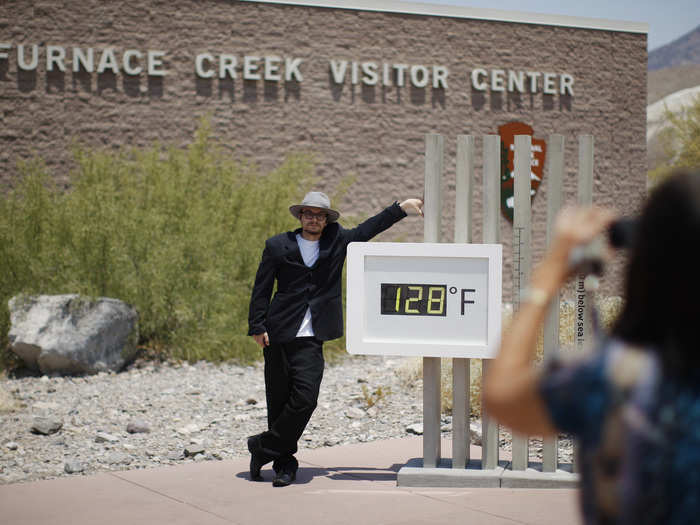
Already, 16 of the last 17 years have been the warmest on record, globally.
By 2100, the southwest region of the US could see 45 more days per year above 90 degrees Fahrenheit.
That heat is fatal.

Heat waves are responsible for more deaths in the US every year than the combined effects of hurricanes, lightning, tornadoes, earthquakes, and floods.
By the end of the century, extreme hot and extreme cold temperatures in 49 US cities are projected to result in more than 9,000 additional premature deaths per year (if emissions continue to stay high).
Some of the largest increases in heat-related mortality would occur in the Northeast — that region could see an additional 50-100 heat-related deaths annually per million people by 2050.
The price tag associated with deaths from extreme temperatures could be up to $140 billion in 2090, the report calculates.
Extreme temperatures will also cause the US to lose almost 2 billion labor hours per year by 2090, costing an estimated $160 billion in lost wages.

States in the Southeast and Southern Great Plains are expected to feel this loss most strongly, though some counties in Florida are also projected to experience more than 6% losses in annual labor hours by 2100.
Changing temperatures will also expand the geographic range of disease-carrying insects like ticks and mosquitoes, putting more people at risk of Lyme disease, Zika, West Nile, and dengue.

If greenhouse-gas emissions remain high, the report projects that the annual number of cases of West Nile virus in the US are projected to more than double by 2050. That would cost roughly $1 billion per year in hospitalizations and premature deaths.
Climate change is also making allergic illnesses like hay fever and asthma more frequent and severe.
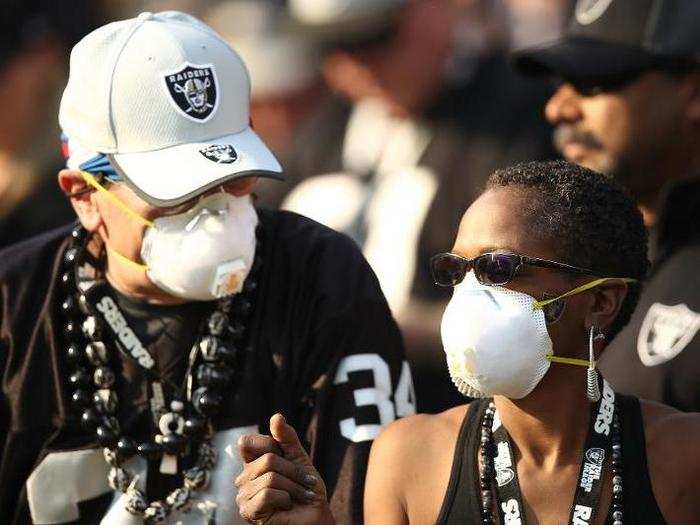
The report projects that the number of emergency-room visits for asthma will increase in the Northeast, Southwest and Midwest. There are several aggravating factors related to this, including increased levels of ground-level ozone pollution and smoke from wildfires.
Climate change is also lengthening pollen season and increasing how much pollen is produced.
Sea levels on US coasts have already risen about 8 inches, but we could see as much as 6 feet in some areas by 2100.
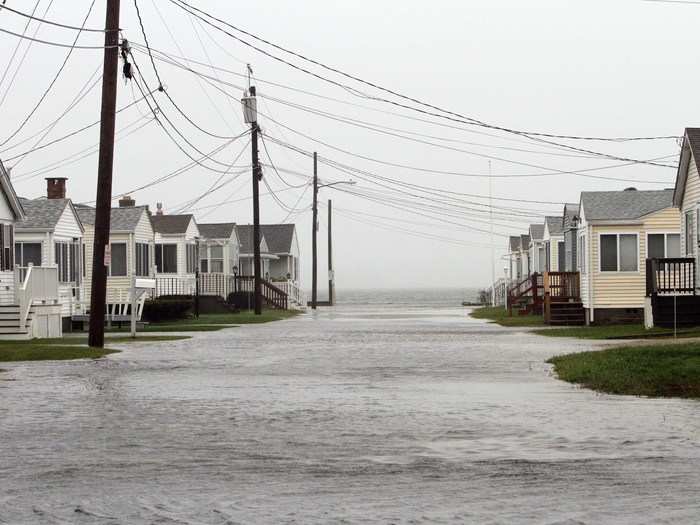
Of that sea-level rise, 3 inches have been observed since 1993.
But that's an average, and not all coastal areas experience the same amount of change. Along the northern East Coast, for example, the report found that rates of sea-level rise were three to four times higher than the global average between 1950 and 2009.
Since the 1960s, sea-level rise has made high-tide flooding five to ten times more frequent for a few coastal communities in the US. Two decades from now, some coastal communities are projected to experience high-tide flooding over 100 days per year. By 2100, it could happen almost every day.
In terms of coastal property, the report predicts that up to $106 billion worth of real estate will be below sea level by mid-century, with up to $507 billion in losses by 2100.
Over 90% of the heat trapped by greenhouse gases is contained in oceans. Seas also take in 25% of carbon-dioxide emissions.
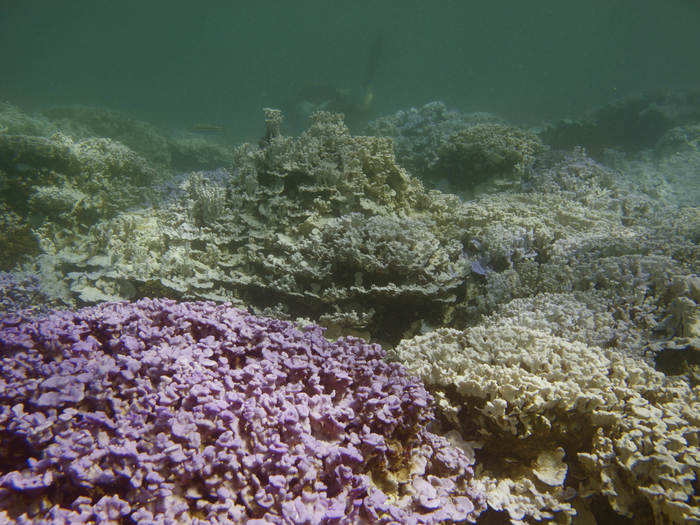
If greenhouse-gas emissions continue remain high, ocean acidification is expected to cause $230 million in losses for the US shellfish industry by the year 2099.
By the end of the century, the loss of recreational benefits from coral reefs could reach $140 billion.
Our energy infrastructure is in trouble.

Extreme weather is the leading cause of power outages in the US — it's common knowledge that after severe storms, thousands of people are left without electricity. So as these types of events get more common (which they will), more prolonged outages are expected. That is especially risky for medical facilities.
The new report calculated that 291 electricity generation facilities in the Southeast could potentially be exposed to storm surge from a Category 5 hurricane.
Sea-level rise also puts Gulf Coast refineries at risk of flooding. Less than 1.6 feet of sea-level rise of (and remember, we've already seen about 8 inches) doubles the number of refineries in Texas and Louisiana that would be vulnerable to flooding in a Category 1 hurricane.
Expect more wildfires like the ones we've seen in California in recent years.
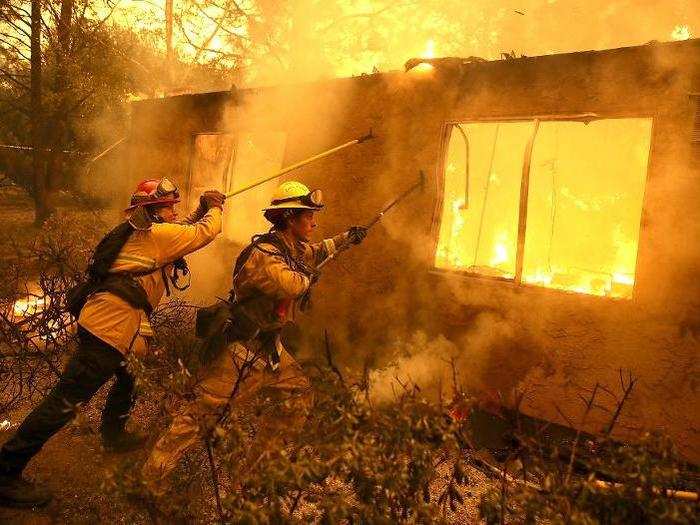
In some parts of the western US, climate change has increased wildfire season by 80 days. In California, many officials now say there is no such thing as one limited fire "season" anymore.
The area burned by wildfires across the west between 1984 and 2015 was double what it would have been without warming.The report estimates that by 2100, the annual area burned in the US could increase by two to six times.
Alaska is on the front lines of climate change.
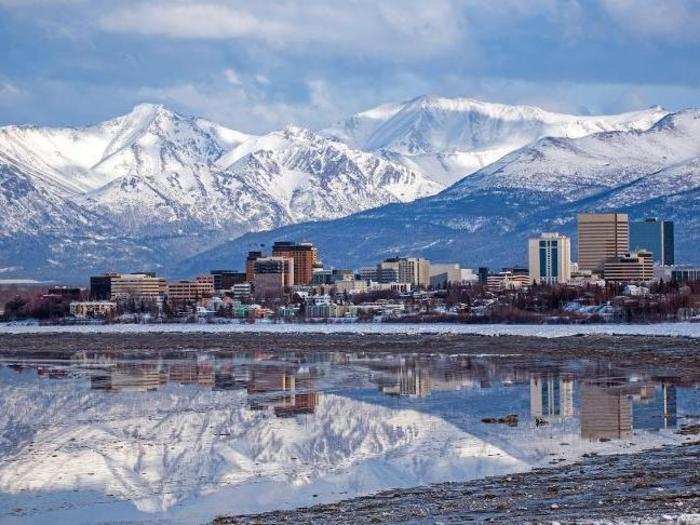
Alaska is one of the places experiencing changes far beyond the average — it's warming faster than any other US state.
By mid-century, Alaska's highest daily maximum temperature is projected to increase by 4-8 degrees Fahrenheit (under a high-emission scenario).
Overall, the projected costs of a warming climate in Alaska are enormous: $3.3 to $6.7 billion between 2008 and 2030.
Overall, the report predicts hundreds of billions of dollars in economic losses.
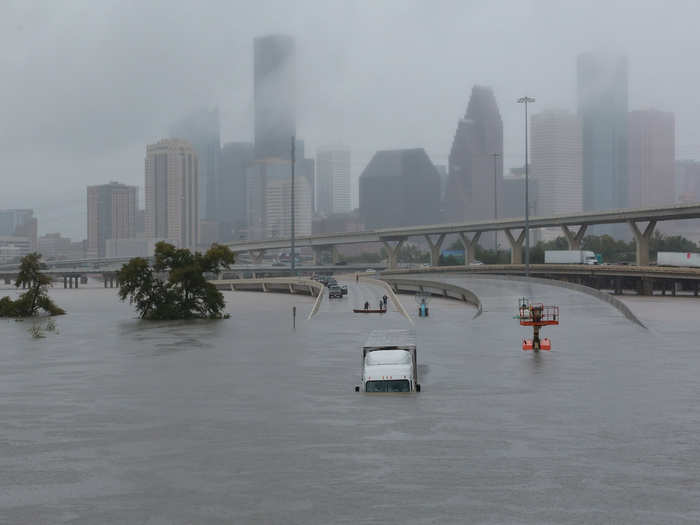
"Annual losses in some economic sectors are projected to reach hundreds of billions of dollars by the end of the century — more than the current gross domestic product (GDP) of many US states," the report says.
That could amount to as much as 10% of the country's GDP by 2100, according to The New York Times.
But despite its ominous predictions, the report gives us reasons for hope.
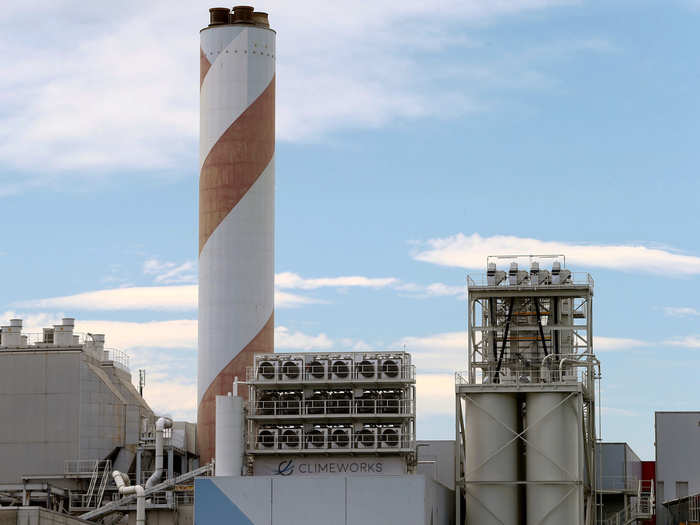
Andrew Light, a senior fellow at the World Resources Institute, worked on the chapter of the report that focuses on mitigation and highlights examples of effective action being taken to lower climate risks.
"The mitigation measures are there, they're achievable, they could actually produce impacts — that's clearly in the report," he told Business Insider. "What's also in the report is that there are lots and lots and lots of very successful pilot programs on adaptation that have come out. The issue now is whether we get the leadership we need to get the rest of the country to follow those examples."
Beyond government action, there are market forces at work now as well, Light said.
"There is abundant evidence that this is not a negative-cost proposition, that you can make tons of money, that there is a growing and increasing market for getting on the right side of pricing the pollution and then selling the alternatives to high-carbon energy sources," he said.
Popular Right Now
Popular Keywords
Advertisement